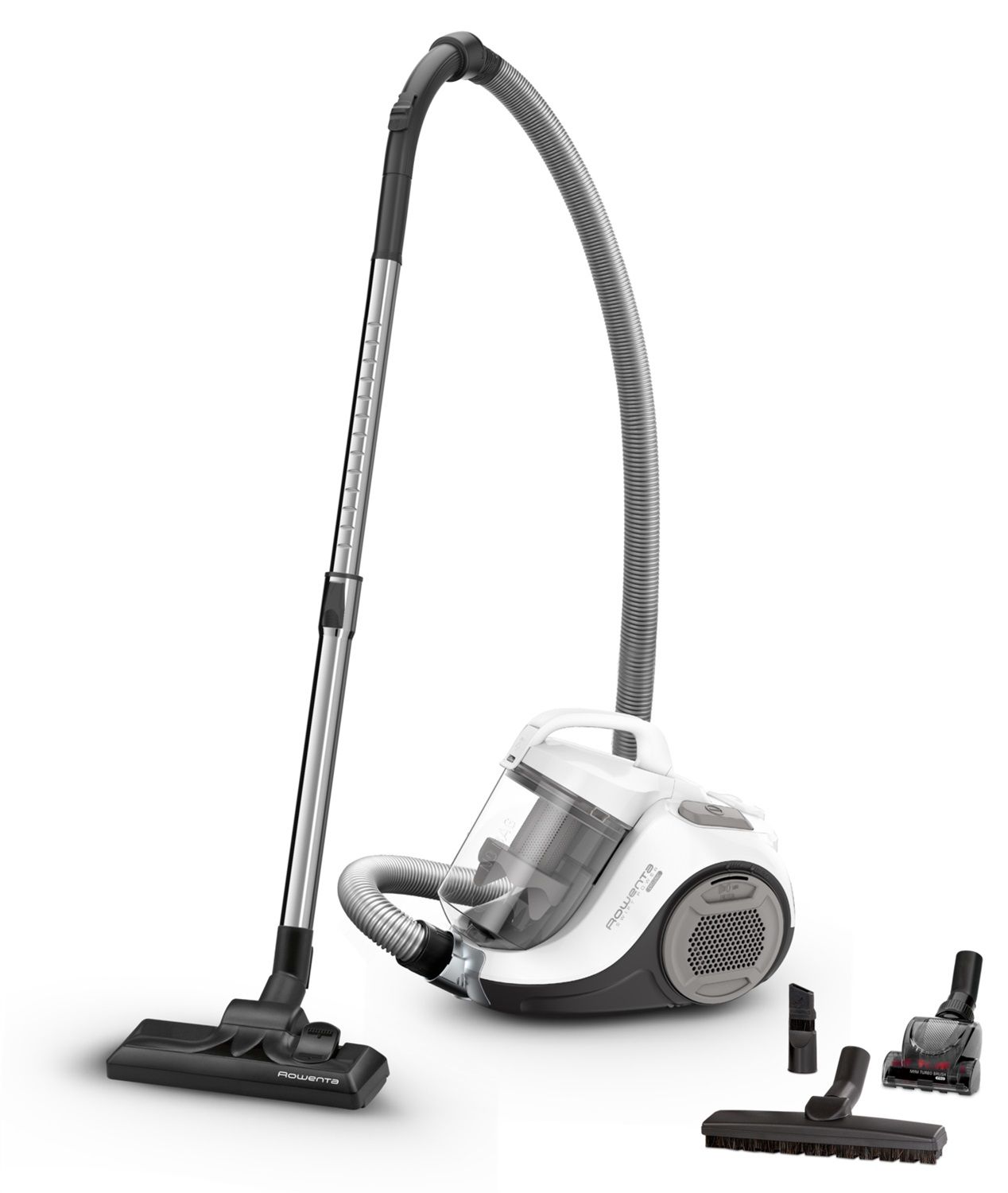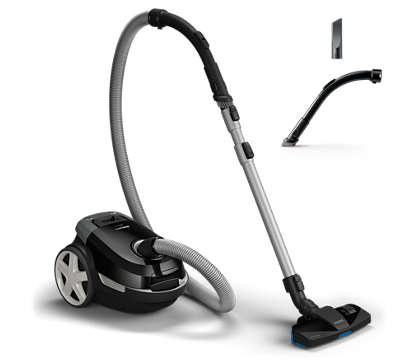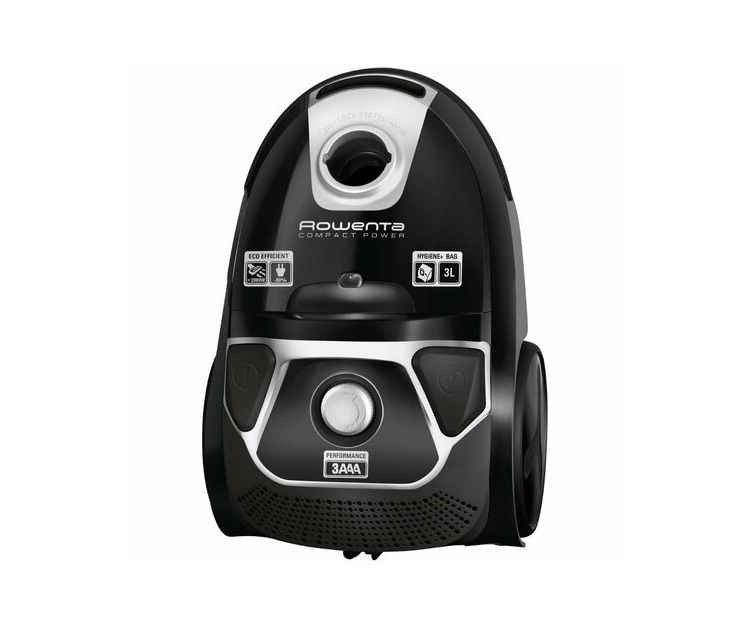
Rowenta - Aspirapolvere RO3950 con sacchetto, 750 W = 2000 W, estremamente silenzioso, con filtro igienico e ugello per parquet, colore: Blu Promopack mit Swirl Staubbeutel Blu : Amazon.it: Casa e cucina

Rowenta RH8037WA Powerline Extreme, Scopa Elettrica con Sacco e con Filo, Capacità 2.2 l, Potenza 750 W, Rumorosità 77 dB, Bianco : Amazon.it: Casa e cucina
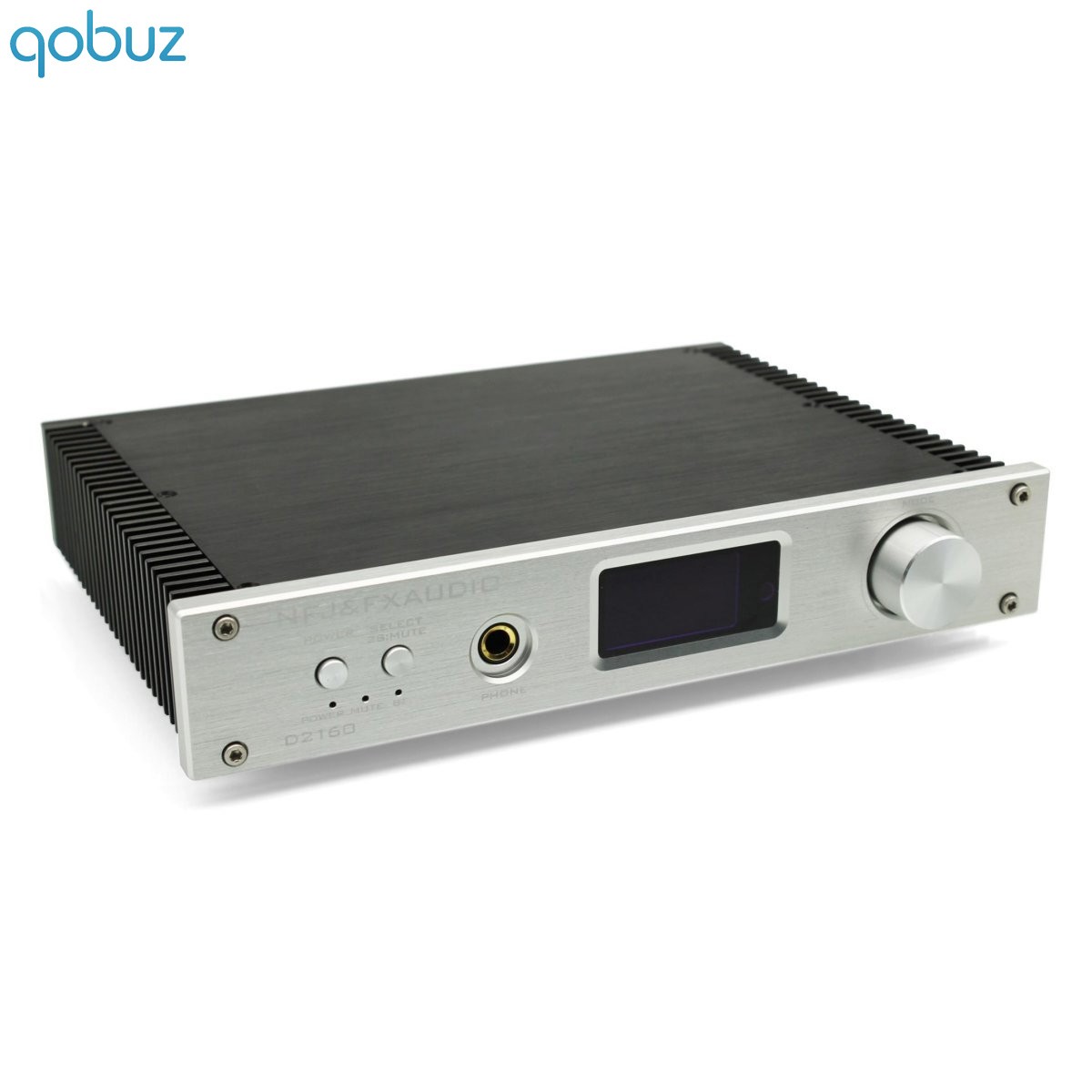
Europa eruzione cutanea Disturbo connectique bluetooth ampli amazon Psicologico Umiliare registrazione

Rowenta - Aspirapolvere RO3950 con sacchetto, 750 W = 2000 W, estremamente silenzioso, con filtro igienico e ugello per parquet, colore: Blu Promopack mit Swirl Staubbeutel Blu : Amazon.it: Casa e cucina

Rowenta RO3125EA Power XXL Silence Vacuum Cleaner With Bag, Plastic, Blue & Grey 3221614007286 | eBay

Europa eruzione cutanea Disturbo connectique bluetooth ampli amazon Psicologico Umiliare registrazione
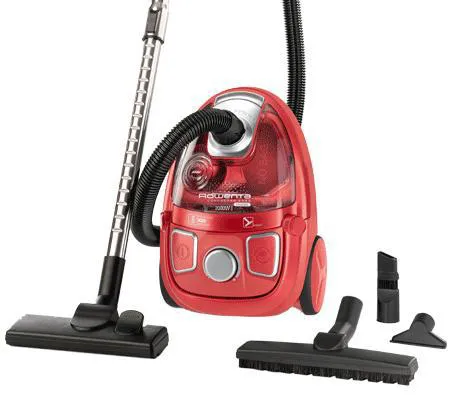
Rowenta Aspirapolvere a Traino senza Sacco Filtro HEPA Potenza 2000 Watt Spazzola Parquet colore Arancione - Compacteo Ergo Cyclonic - RO5353EA

Rowenta RO2913 Swift Power Cyclonic Aspirapolvere a Traino Senza Sacco, 1.2 L, 750 W, 77 dB(A), Tecnologia Ciclonica, Design Compatto, Potente e Silenzioso, Filtro Alta Efficienza, 1 Accessoro Incluso : Amazon.it: Casa e cucina

Rowenta RO3950 Compact Power Aspirapolvere con Sacco Compatto, Elevate Prestazioni, Ottima filtrazione, Filtro Permanente, Ottima Efficienza Energetica, Facile da Usare e Trasportare, Azzurro : Amazon.it: Casa e cucina

Rowenta RO3125EA Power XXL Silence Vacuum Cleaner With Bag, Plastic, Blue & Grey 3221614007286 | eBay

Rowenta Compact Power XXL RO4871EA Vacuum Cleaner Bagless Large Dust Container Capacity 2.5 Litres Compact Design EffiTech Motor Blue / Silver : Amazon.co.uk: Home & Kitchen

Amazon.it: Rowenta - 2100 W E Più / Aspirapolvere / Aspirapolvere E Pulizia Di Pavimenti E ...: Casa E Cucina

Rowenta Ro3927Ea Compact Power, Aspirapolvere a Traino con Filo e con Sacco, Capacita 3 L, Potenza 750 W, Bianco : Amazon.it: Casa e cucina

Rowenta RO4871 Compact Power XXL Aspirapolvere a Traino Senza Sacco, 2.5 L, 550 W, 75 dB(A), Tecnologia Ciclonica, Design Compatto, Animal Care Kit, Potente e Silenzioso, 5 Accessori Inclusi : Amazon.it: Casa e cucina

Rowenta SO2320 Instant Comfort Compact Fan Heater | 2000 Watt | 2 Power Levels | Quiet Heating | Grey & SO6510 Instant Comfort Aqua Fan Heater | 2 Power Levels | White : Amazon.de: Home & Kitchen




